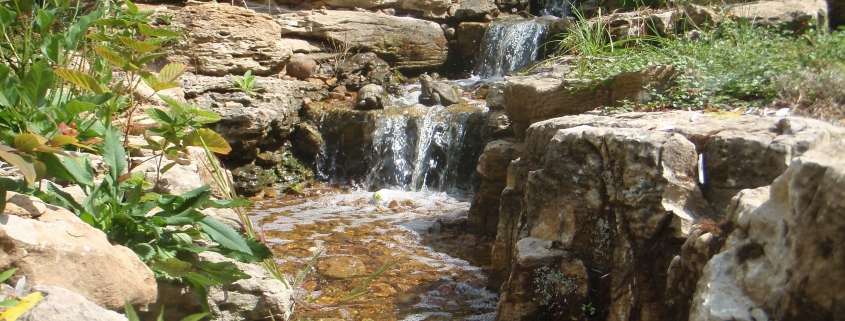How to Shock a Pond Quick How-To Guide
If fish are dying in your pond or if you see lots of algae, it may be time to shock the pond to clean it up. Algae needs oxygen to grow, just as fish and aquatic vegetation do. However, too much algae can rob fish and plants of the oxygen they need. Shocking your pond and getting rid of the harmful algae can restore the clean, clear look to you pond. Because desirable plants and animals live in ponds, owners look for natural enzymes and organic compounds to clear the water. Chlorine should only be used as a last resort.
Remove all dead or decaying plant and animal life from the pond. Algae feeds on the decay process.
Place the correct amount of algaecide in your pond according to manufacturer’s directions. For example, if you have a 120-gallon pond, you would need to use 2 teaspoons of general Algaecide. Each algaecide is different, so read the directions closely.
Let the pond pump aerate and spread the algaecide. If algae is still present after a week, shock the pond again.
Pond Installer 101: How to Find the Right Pond Installer
If you’re looking to install a pond in your backyard, you’ll want to make sure it is done right the first time. That’s why it’s so important to find the right pond installer for the job. Here are some tips on how to do just that.
Spring Cleanout for Ponds
Spring is the perfect time to make sure your backyard pond is running smoothly. Jump start the season with a spring cleanout for ponds, an essential maintenance practice for any water feature.
Spring Cleanout Guide
If you are the proud owner of a backyard pond, then springtime is an exciting time for you! From April through June, it’s the perfect opportunity to get your pond ready for another season of fun.

 meyer aquascapes
meyer aquascapes meyer aquascapes
meyer aquascapes meyer aquascapes
meyer aquascapes
